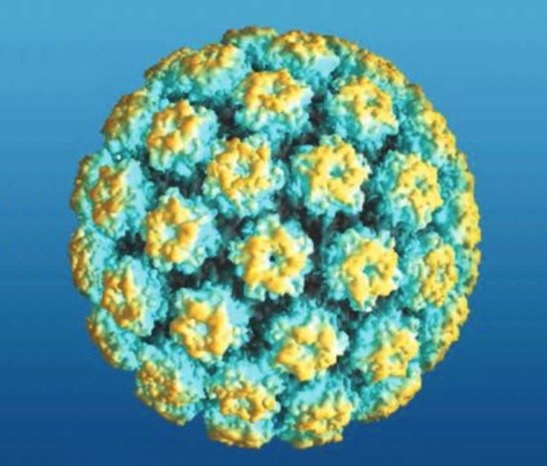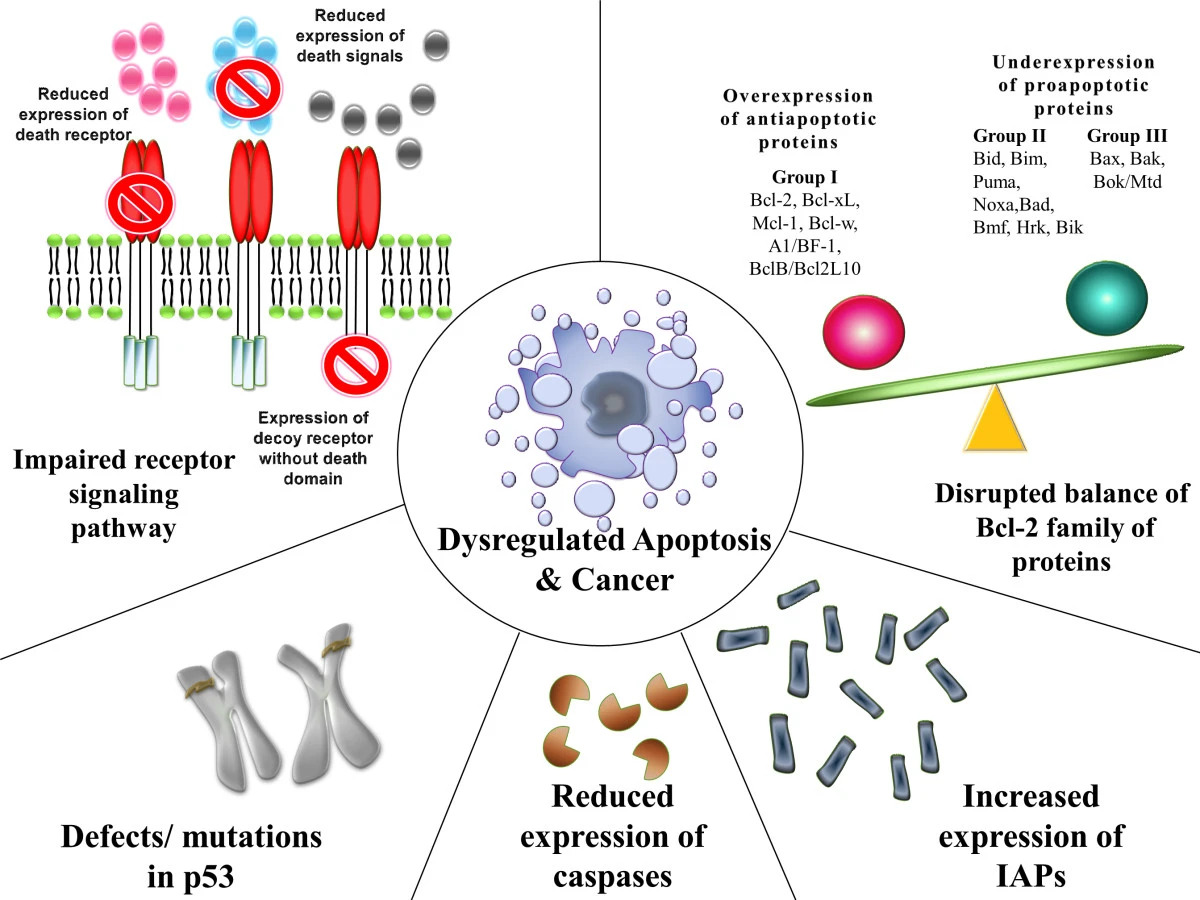Playlist
Show Playlist
Hide Playlist
How Human Papilloma Virus Causes Cancer
-
Slides CP Neoplasia Etiology of genetic alterations.pdf
-
Reference List Pathology.pdf
-
Download Lecture Overview
00:00 So what is going on with human papillomavirus? So how does it cause cervical cancer? We've seen this diagram before where normal growth factors cause the transition from G1 to S that requires the activation of cyclin D using cyclin-dependent kinase 4 or 6 and cyclin-E with CDK2 and that's basically going to hyperphosphorylate our E2R retinoblastoma gene product, RB protein. And when it hyperphosphorylates, we release E2F and we can get now progression through the G1S cell cycle block. Okay, that's what normally happens. 00:41 What happens in the setting of HPV? Well, in HPV one of the proteins that is made is called a viral protein E7 and it promotes increased degradation of the RB protein. Oh dear. 00:56 Now, I don't have enough RB to be the block on E2F and that E2F now is free to sit on its transcription activation sites and transcribe off a whole bunch of new proteins and genes. 01:13 Okay, so that's one of the ways that the viral genome can impact cell cycle regulation. 01:23 So we have, again, the viral E7 protein will cause the degradation of RB which will get rid of that transcriptional block and in fact will give you a lot of unregulated E2F transcription. 01:40 Human papillomavirus also causes a degradation of p53 or again remember from this diagram that you've seen previously that DNA damage is sensed and when it's sensed we increase the expression of p53. That upregulation of p53 causes then in turn transcriptional upregulation of p21 to turn off the cell cycle progression, Gadd45 to also do DNA repair and increases BAX and other apoptotic change to cause apoptosis. Okay, I already told you what happens here. The virus E6 protein and HPV will cause the increased inactivation of p53. It's as if we no longer have p53 anymore. Oh my goodness that means then that we don't affect repair, we don’t stop cell cycle progression and the cells do not undergo apoptosis. So by having the virus express both E6 and E7 to degrade p53 and RB, we are getting cellular proliferation and as the cells proliferate every cell cycle has the potential to have some accumulated mutations that get locked in. And especially in the absence of p53 there's going to be instability, we're going to get more and more and more mutation so eventually we get carcinoma in situ.
About the Lecture
The lecture How Human Papilloma Virus Causes Cancer by Richard Mitchell, MD, PhD is from the course Neoplasia.
Included Quiz Questions
What is the role of HPV E7 protein?
- Rb degradation
- p53 degradation
- RB phosphorylation
- p53 activation
- Rb activation
Which HPV protein targets p53 for degradation?
- E6
- E7
- D6
- D7
- Rb
Customer reviews
5,0 of 5 stars
| 5 Stars |
|
5 |
| 4 Stars |
|
0 |
| 3 Stars |
|
0 |
| 2 Stars |
|
0 |
| 1 Star |
|
0 |





